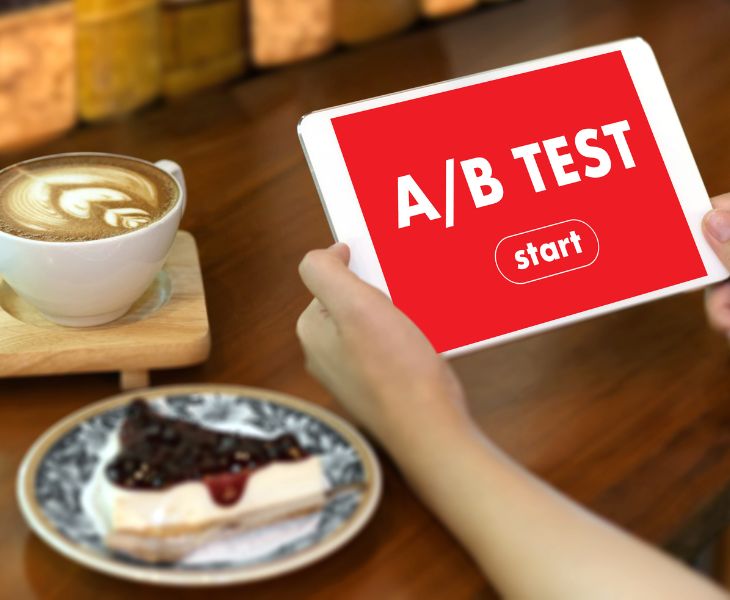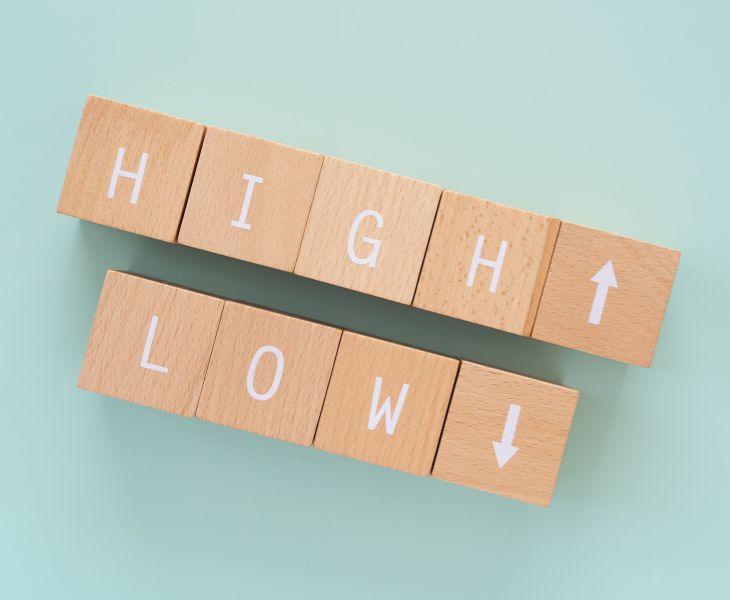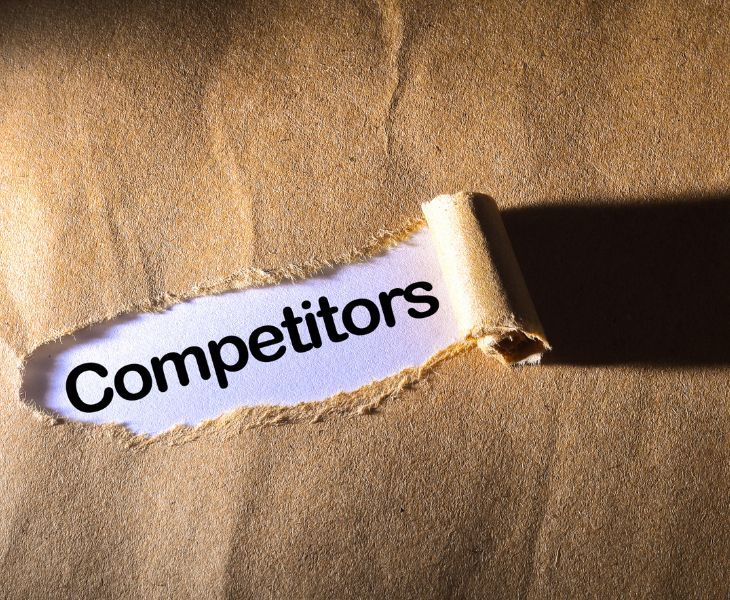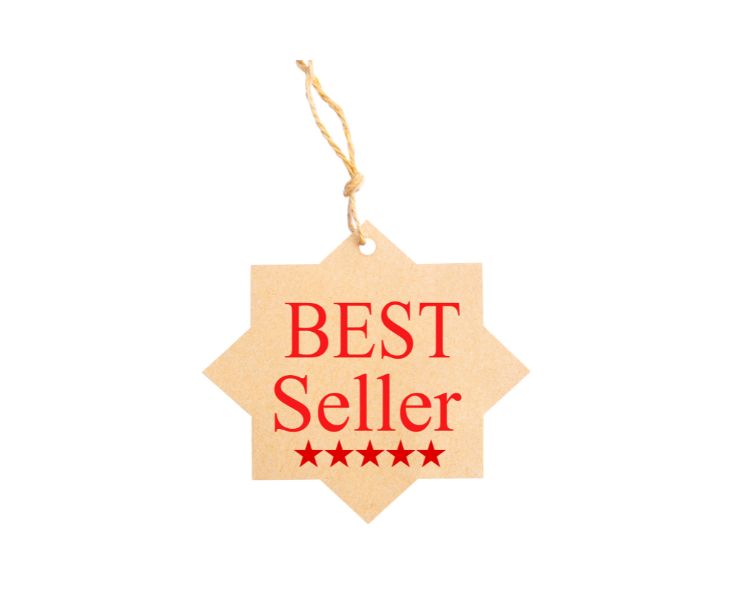When selling on Amazon, setting the right price is crucial for long-term success. While it may seem simple to just pick a number, pricing can impact everything from sales volume and customer perception to your brand’s growth over time. In this guide, we’ll walk you through the factors to consider and steps to take when determining your product’s ideal price point on Amazon.
Why is Pricing Important for Your Amazon Success?
The price of your product on Amazon is about more than just covering costs and generating profit. It’s an essential lever that influences your visibility, customer appeal, and ultimately, your market position. Here’s why:
- Impact on Sales Volume and Profit Margin
A lower price might increase sales volume, but it could reduce your profit per sale. On the flip side, a higher price can yield a healthier profit margin but might limit sales, especially in a competitive market. Striking a balance between sales volume and profit is key to sustainable growth. - Brand Perception and Positioning
Pricing also shapes customer perception of your brand. A high price might signal premium quality, while a lower price could be interpreted as budget-friendly or low quality. Your pricing should align with the message you want to convey and the position you want to claim in the marketplace.
Should You Start with the Lowest or Highest Price?
Choosing your starting price is one of the first big decisions, and it can set the tone for your product’s future on Amazon. Here are some pros and cons to consider.
- Starting with a Lower Price
Pros: Lowering your price early can help build initial sales and attract buyers, which can boost your Amazon sales rank (BSR) and make your product more visible. This approach can also lead to customer reviews, which build social proof.
Cons: Lowering the price too much might undervalue your product and make it difficult to increase the price later. You may also struggle to cover costs, especially with Amazon’s fees. - Pricing Too High Early On
Risks: Setting a high price from the start without sufficient reviews or brand recognition can deter buyers. In competitive markets, customers may be hesitant to try a new product that costs more, especially when established brands are offering similar items at a lower rate. - Finding the Middle Ground
The best approach is often to find a competitive middle-ground price—high enough to reflect the value of your product but accessible enough to encourage new customers to try it out. As your sales and reviews grow, you’ll be in a stronger position to test small price increases.
Researching Competitors: The Key to Setting the Right Price
To set a strong foundation, analyze your competitors to understand the pricing landscape in your niche.
- Identify Key Competitors
Look for at least three main competitors selling similar products. Study their prices, how they fluctuate, and the features they offer compared to yours. - Analyze Sales Rank and Pricing Structure
A product’s sales rank, known as the Best Sellers Rank (BSR), can offer insights into its sales volume. Look at each competitor’s BSR to gauge their popularity and assess how their pricing might be contributing to their sales success. - Use Tools Like Helium 10 for Reliable Data
Tools such as Helium 10 can help you obtain accurate sales data and evaluate competitor performance. With Helium 10, you can see how your competitors’ prices impact their BSR, helping you set a competitive price that aligns with your market goals.
Using BSR to Gauge Competitor Sales
BSR is a helpful metric for estimating competitor sales, which can inform your pricing strategy.
- What is BSR and Why It Matters
BSR is Amazon’s ranking metric based on recent sales activity. A lower BSR indicates better sales performance, suggesting that a product’s price might be a factor in driving that success. - Estimating Sales Volume with BSR
While BSR isn’t a perfect predictor, it can give a rough estimate of how many units a competitor sells each month. As a rule of thumb, look for competitors with at least 300 monthly sales, as this indicates a healthy demand for the product. - Applying the 300 Sales Rule
Using the 300-sales rule helps confirm that the market has sufficient demand, ensuring you’re not pricing a product that only a few people are buying. This is where tools like Helium 10 can really shine, offering accurate sales estimates.
Using Helium 10 to Validate Your Pricing Strategy
Once you have an initial price in mind, use Helium 10 to ensure it aligns with market demand and competition.
- Analyze Competitors’ Sales Performance
Helium 10 can give you an in-depth look at how your competition is performing in terms of sales and pricing. This data can help you validate your price and adjust as needed based on what’s working for others in your niche. - Make Data-Driven Pricing Decisions
Rather than guessing, use Helium 10’s data to make informed pricing decisions. Knowing how competitors are pricing their products and their sales outcomes will help you set a price that maximizes your chance for success.
Testing and Adjusting Your Price Over Time

Pricing is rarely a “set-it-and-forget-it” task. Monitoring your performance and being flexible with your pricing is essential.
- Monitor and Adjust Pricing as Needed
Watch how your price impacts your sales. If a certain price point isn’t yielding results, don’t hesitate to make small adjustments. - When to Consider a Price Increase
Once you’ve built a strong base of positive reviews and sales momentum, you can consider a gradual price increase. This approach helps maintain profitability without alienating your existing customer base. - A/B Testing Different Price Points
Consider using Amazon’s pricing experiment options to test multiple prices and see which one resonates best with your audience. This A/B testing strategy can help you identify the price that maximizes both sales volume and profitability.
Conclusion
Setting the right price for your product on Amazon is a dynamic process that can significantly impact your success. By carefully researching competitors, understanding sales metrics like BSR, and using tools like Helium 10, you can develop a data-driven pricing strategy that appeals to customers while ensuring profitability. Remember, pricing is not a one-time decision—continuously monitor your sales and adjust as needed, especially as your product gains traction and reviews. With a thoughtful approach to pricing, you’ll be well-positioned to thrive in the competitive Amazon marketplace and achieve your business goals.







4 Responses
hi. really it will helpful to choose the price . Aman please do one video more detail about pricing
Nice article !
Good suggestions for price selection. Nice article
impressed by your suggestions and work. It gave an insight into how to take steps while pricing and post-price products on Amazon. Looking forward to a more deep-diving approach toward it.